Bruce Aylward is a fellow Canadian and one of my former colleagues from the World Health Organization in Geneva, Switzerland. Bruce is a physician and epidemiologist who led the polio eradication programme at the WHO. He is currently the Senior Advisor on Organizational Change to the Director-General.
I am proud to know Bruce and many of the people in the Polio Department. They are doing important work to rid the world of a terrible scourge.
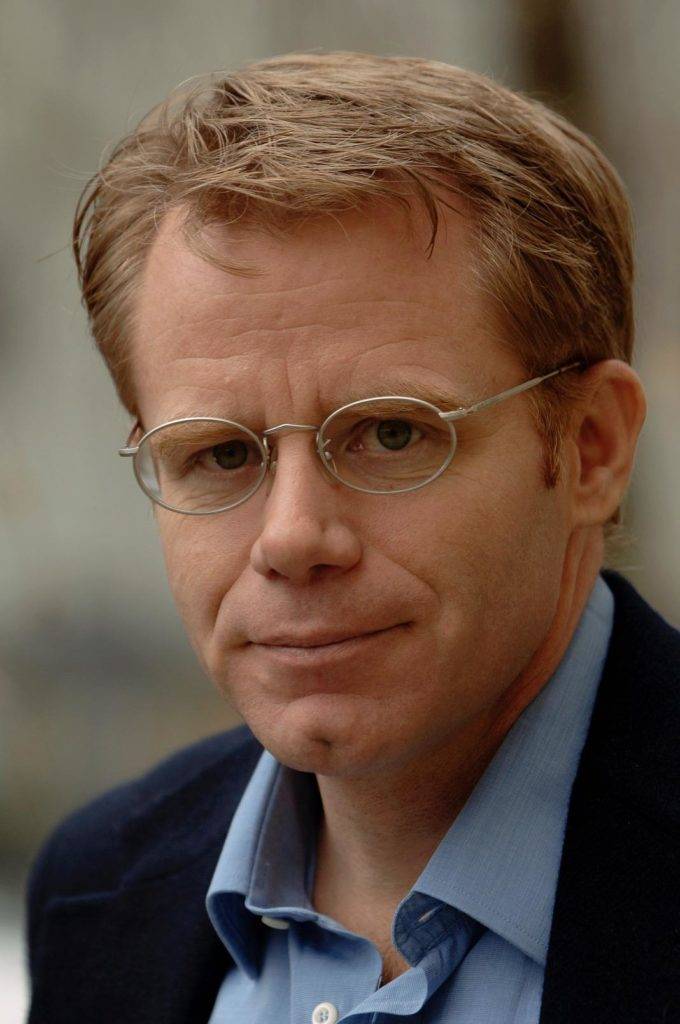
As mentioned in a previous post, I gave a half-day workshop on presentation skills to Bruce Aylward and his colleagues. Coincidentally, the workshop took place about a week before Bruce travelled to California to give his talk at TED. Bruce was kind enough to share his talk with me and solicit my feedback. It was a privilege to make a small contribution to the terrific work that Bruce and his colleagues had done on the speech.
At 21 minutes, the speech is not short. But the subject matter is important, and the speech is well delivered. I encourage you to watch it. There is also an interesting two-minute discussion between Bruce and Bill Gates at the end. And, if you would like to help the fight to eradicate polio, here is a link where you can make a donation.
Bruce’s speech is below. My analysis, from a public speaking perspective, follows.
- Bruce’s opening was not as crisp as it could have been. He says that he wants to share a “pretty incredible” idea but then immediately says “actually it’s a really big idea”. For me, going from “incredible” to “big” is a step down. Furthermore, words like “pretty” and “really” are not necessary. It would have been more powerful to say, “I want to share with you an incredible idea.” Speakers get one chance to make a good first impression. Our openings should be tight and delivered fluidly and convincingly.
- At 0:27, Bruce does something that is unexpected and clever. He involves the audience by asking people to close their eyes and think of a technology that has changed the world. He closes his own eyes to get those still looking to participate.
- While the audience is reflecting on the matter, Bruce subtly takes a small vial of polio vaccine from his pocket and then, when ready, holds it up. This is an excellent use of a prop to focus the audience’s attention. Although small, Bruce was able to use the vaccine effectively because of the live projection on the screen behind him.
- He lays the groundwork for his talk nicely by saying that the people in the audience can take the vaccine for granted, but that it wasn’t always the case. This is important for getting people to buy in, later, in terms of making a concerted effort to eradicate polio everywhere.
- The photograph at 1:15 of the people in iron lungs is dramatic. Bruce Aylward says that if we were to go back “just a few years”, it was a very different story. I think it would have been more effective to be more specific. In the United States, the worst outbreaks of polio occurred in the 1940s and 1950s, approximately 60 years ago. To make the talk more personal, he could have said that some members of the audience might remember the outbreaks.
- From 1:40 to 1:58, notice the excellent eye contact that Bruce makes with the audience. He scans the room and includes the people who are off to the sides and slightly behind him. He maintains eye contact throughout his speech. His voice is strong throughout the talk even if, on occasion, he speaks fast.
- At 1:45, Bruce finishes a harrowing description of the effects of polio and notes that the victims (at the time) were going to spend the rest of their lives in an iron lung. That is pretty dramatic. I would have liked to see Bruce pause a bit more to let the significance of that statement sink in before moving to the next idea. The power of well-timed pauses should never be underestimated.
- At 2:18, there is an excellent graph that shows the dramatic effect that the polio vaccine had on the number of cases in the United States. One thing Bruce could have done was explain the axes to ensure that the information was understood. A simple statement would drive the point home; for example, “When the vaccine was introduced in the late 1950s, there were approximately 20,000 cases of polio in the United States; by 1980, there were none.”
- The clip from Jon Stewart at 2:35 was good, but Bruce hit the play button while he was talking and thus cut off a small part of the beginning. Here again, a simple pause would set up the clip properly.
- The map at 3:00 is an excellent visual to show the geographical limits of polio today. However, not everyone is a geography buff. It would have been helpful to name the countries (Nigeria and Chad in northern Africa; Angola, the Republic of Congo, Uganda and the Democratic Republic of the Congo in central Africa; and Afghanistan, Pakistan and India in Asia). It would have also been helpful to explain what the yellow dots mean (areas of outbreak). Speakers need to remember that things which seem obvious to them (because of how well they know the subject) will not always be obvious to the audience.
- 3:25 – “Almost just isn’t good enough with a disease like polio.” This is a great line and one of the key takeaways of the talk.
- The image at 4:00 that shows the spread of polio via infected people traveling is dramatic. Bruce names Russia as a country where polio once again surfaced. Again, it would have been good to name the other countries to help people who might not recognize them.
- 4:30 – “Polio is still a devastating, explosive disease; it’s just happening in a different part of the world.” Another memorable line.
- 4:40 – A powerful image of a little boy with polio watching his friends play.
- 4:42 – “Our big idea is that the scientific miracle of this decade should be the complete eradication of polio myelitis.” This is a pivotal sentence in the talk. In it, Bruce is stating his very important objective. It would have been nice to see a pause before moving on. Again, and as Mark Twain said, “The right word may be effective, but no word was ever as effective as a rightly timed pause.”
- Bruce uses metaphors effectively to make his message stick: (a) 5:05 – “This disease is like a root fire. It can explode again if you don’t snuff it out completely.” (b) 5:25 – Polio is a virus with “enough cracks in its armor” that we can beat it. (c) 6:15 – “Disease eradication is venture capital of public health; the risks are massive but the payoff … is huge.”
- 6:25 to 6:50 – Bruce paints a compelling picture of the economic benefits of eradicating a disease like polio.
- 7:10 – The image comparing smallpox to polio is simple and effective.
- 9:10 to 9:35 – A good sequence of words and images that show the arduous circumstances under which those working to eradicate polio must work.
- Notice how, at 10:12, Bruce turns the screen black. When using slides in a presentation, turning the screen black from time to time is an effective technique because it gives the audience a break from looking at the screen and it refocused attention back on the speaker.
- The visual beginning at 10:20 is very effective in showing the remarkable decrease in the number of polio cases over the last 23 years. Instead of just saying “with the exception of four countries”, it would have been helpful to name them.
- At 11:00, Bruce conveys a remarkable statistic. However, for me, the impact is somewhat blunted by his choice of words. “Twenty years ago, 1,000 children were being paralyzed every single day because of this virus. Last year it was 1,000.” This means that there were 1,000 cases of paralysis for the entire year (as opposed to every day). However, the repetition of the word “1,000” has the potential to confuse. It would have been better to maintain the common denominator of a single day. Thus, the comparison would have been: Twenty years ago, 1,000 children were paralyzed every day; by last year, that figure had dropped to less than three per day (1,000 ÷ 365). The huge drop in the number of cases is much more evident.
- 11:35 – A powerful image to buttress the commitment to reach everyone with the polio vaccine.
- 12:35 – Another powerful image.
- 13:00 to 13:30 – Bruce uses simple but powerful language: “as seductive as that sounds”; “the brutal truth”; “reach the most vulnerable children in the world with something as simple as an oral polio vaccine”. To reinforce his message, he uses a wonderful image of a little boy receiving the vaccine. That one photograph speaks volumes about the work that Bruce and his team are doing.
- Bruce takes the idea one step further. Starting at 13:40, he tells us the story of a Nigerian boy named Umar. The story is heart-wrenching but hopeful. It puts a very human face on the problem of polio, which is key for a presentation through which we are trying to rally support for a cause. As Mother Theresa said, “If I think of the many, I will never act. If I think of the one, I will.”
- 15:02 – “We think children deserve better.” Nice line with a nice pause.
- 15:55 – Effective use of a prop—the GIS tracker—in combination with a slide.
- 17:30 – Bruce Aylward reminds the audience that it has been challenged at TED to believe in the impossible. He uses the latest information to show the audience what is happening in the Indian states of Uttar Pradesh and Bihar and that very day. The impact is a 12-second round of applause beginning at 18:33. Being able to make last-minute adjustments to your speech to incorporate the very latest information shows presence of mind and professionalism.
- If you are fortunate to get a round of applause in the middle of your next speech, do what Bruce did. Don’t cut it off; let it run. Then, just before it dies out completely, begin speaking again.
- 18:47 – A call back to Umar in the slide about Nigeria.
- 19:10 – Nice anaphora, which is the repetition of a word or words at the beginning of sequential clauses: “With a combination of smart people, smart technology and smart investments …”.
- 20:10 – “Finishing polio is the smart thing to do and it’s the right thing to do.” and “There’s never a wrong time to do the right thing.” Two great lines leading up to the conclusion of the talk.
- 20:32 – Another good anaphora: “We have a new vaccine, we have new resolve and we have new tactics.”
- 20:50 – Bruce makes a call to action to help spread the word so that polio can be eradicated once and for all. You can hear the sincere emotion in his voice as he concludes. You can feel his commitment to the cause.


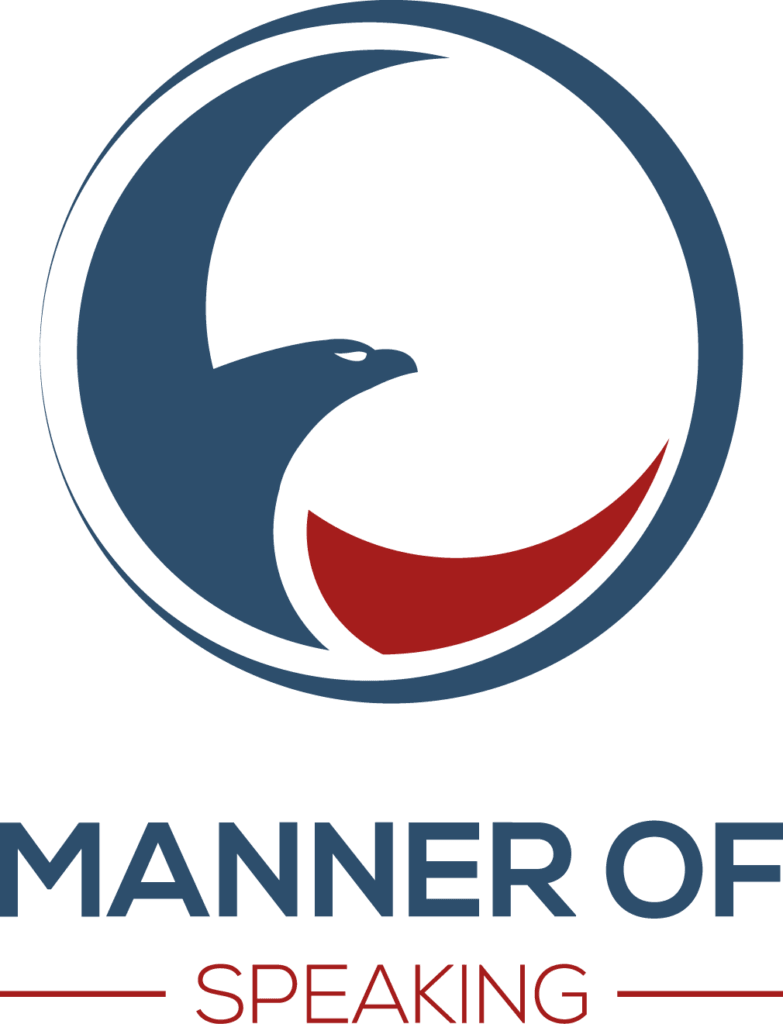



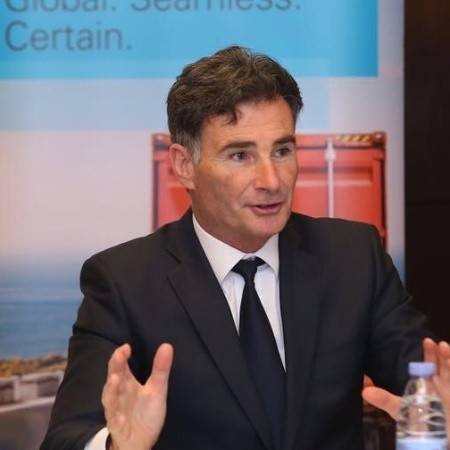
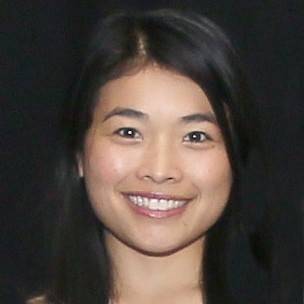

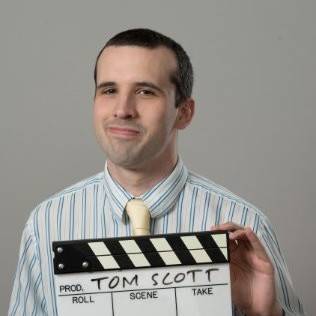

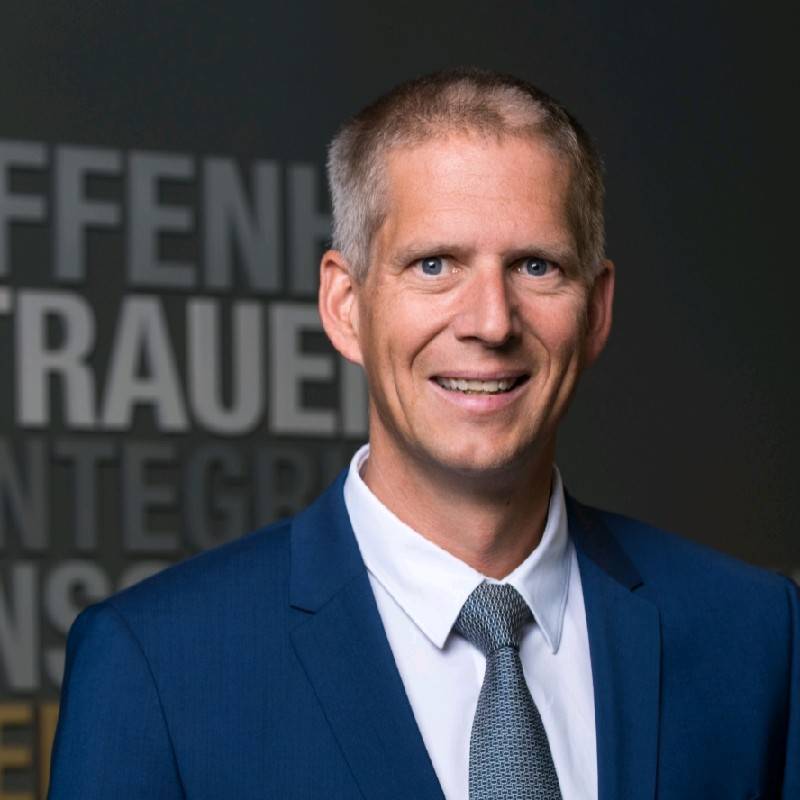


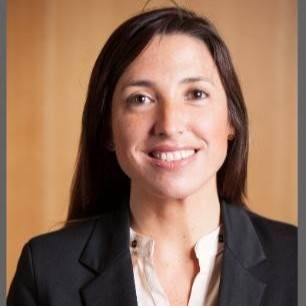
7 Replies to “Analysis of a Speech by Bruce Aylward”
Great analysis!
An idea regarding the first sentence. I mostly start with catchy words now. Like this…
“Incredible ideas… [pause]… Incredible ideas… [repeat it to give more weight to the two words – then directly involving the audience with three questions]… What are incredible ideas for you? Do you have some incredible ideas in mind? Did you have an incredible idea yourself? [then continue]
These intros work with many words, e.g. “Fredom” or “Justice” or Perseverance”.
Your first sentence is your mental glue. Make their minds stick to your message in less than 10-15 seconds.
Thanks for the post, Florian, and thanks for the concrete ideas on how to make your message stick right from your opening words. Very helpful advice.
John
Great analysis. Excellent specific points for improvement.
On starting a speech… I still say that the very best start to the speech is the way every Bill Clinton speech starts, every Reagan speech starts… It is the way we were trained all through childhood to know when something interesting was to come… and not a 20 minute dry, dull, instructor-led lecture on cell membrame osmosis process…
This is the way I start to tell a story to my 4 year old daughter… “Once upon a time.”
As grown ups, there is a professional way to do this… start with a moment in time.
“3 years ago… situation… people… then something out of the ordinary happens…” We want to know how it resolves.
Thanks, Conor. “Once upon a time” were (are) my four favourite words! Your advice on how to begin a presentation is spot on.
John